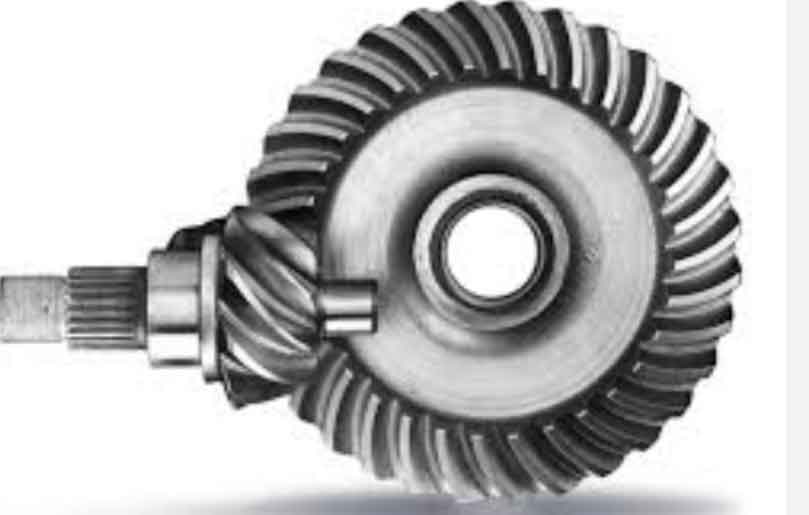
Hypoid gears are playing an increasingly important role in the development of electric vehicles (EVs) as they offer several advantages that align with the goals of sustainable mobility. Here are some of the key advancements and benefits of using hypoid gears in electric vehicles:
1. Compact Design:
Hypoid gears allow for a more compact and space-efficient drivetrain design. In EVs, where optimizing space and weight is crucial for overall efficiency and performance, the compactness of hypoid gear systems helps in achieving a higher power-to-weight ratio.
2. Improved Efficiency:
Hypoid gears exhibit higher mechanical efficiency compared to other gear types, reducing energy losses in the drivetrain. In electric vehicles, where maximizing range and battery life is essential, the improved efficiency of hypoid gears contributes to longer driving distances on a single charge.
3. Noise Reduction:
The unique tooth geometry of hypoid gears, coupled with advanced manufacturing techniques and surface finishes, enables quieter operation compared to traditional gears. Reduced gear noise enhances the driving experience and aligns with the quiet nature of electric vehicles.
4. High Torque Capacity:
Hypoid gears are well-suited to handle the high torque demands of electric vehicle powertrains. As electric motors produce instant torque, hypoid gears can efficiently transmit this torque to the wheels, contributing to quick acceleration and responsive performance.
5. Regenerative Braking Compatibility:
Hypoid gears can accommodate the reverse torque generated during regenerative braking in electric vehicles. This feature allows the recovered energy from braking to be efficiently transmitted back to the battery for recharging, enhancing overall energy efficiency.
6. Gear Ratio Flexibility:
Hypoid gears provide design flexibility, enabling engineers to optimize gear ratios to suit specific electric vehicle requirements. This adaptability helps in achieving the desired balance between high-speed performance and torque for different EV models.
7. Durability and Reliability:
Hypoid gears are designed to withstand heavy loads and harsh operating conditions, ensuring long-term durability and reliability in electric vehicle drivetrains. The robust nature of hypoid gears contributes to the overall longevity of EV components.
8. Sustainability and Green Manufacturing:
As the automotive industry increasingly embraces sustainability, the use of hypoid gears aligns with the focus on environmentally friendly manufacturing processes and materials. Advanced manufacturing techniques, coupled with the use of eco-friendly materials, contribute to greener mobility solutions.
9. Integration with Electric Powertrains:
Hypoid gears seamlessly integrate with electric powertrains, offering a proven and reliable solution for converting electric motor torque into rotational motion to drive the wheels.
10. Forward-looking Research:
Ongoing research and development in gear design and manufacturing techniques are further enhancing the performance and applicability of hypoid gears in electric vehicles. Innovations in materials, surface coatings, and simulation tools are continuously improving gear efficiency and durability.
The adoption of hypoid gears in electric vehicles represents a significant advancement in sustainable mobility. Their efficiency, noise reduction capabilities, and durability make them well-suited for the unique requirements of electric vehicle drivetrains, contributing to the global shift towards cleaner and more sustainable transportation solutions.
